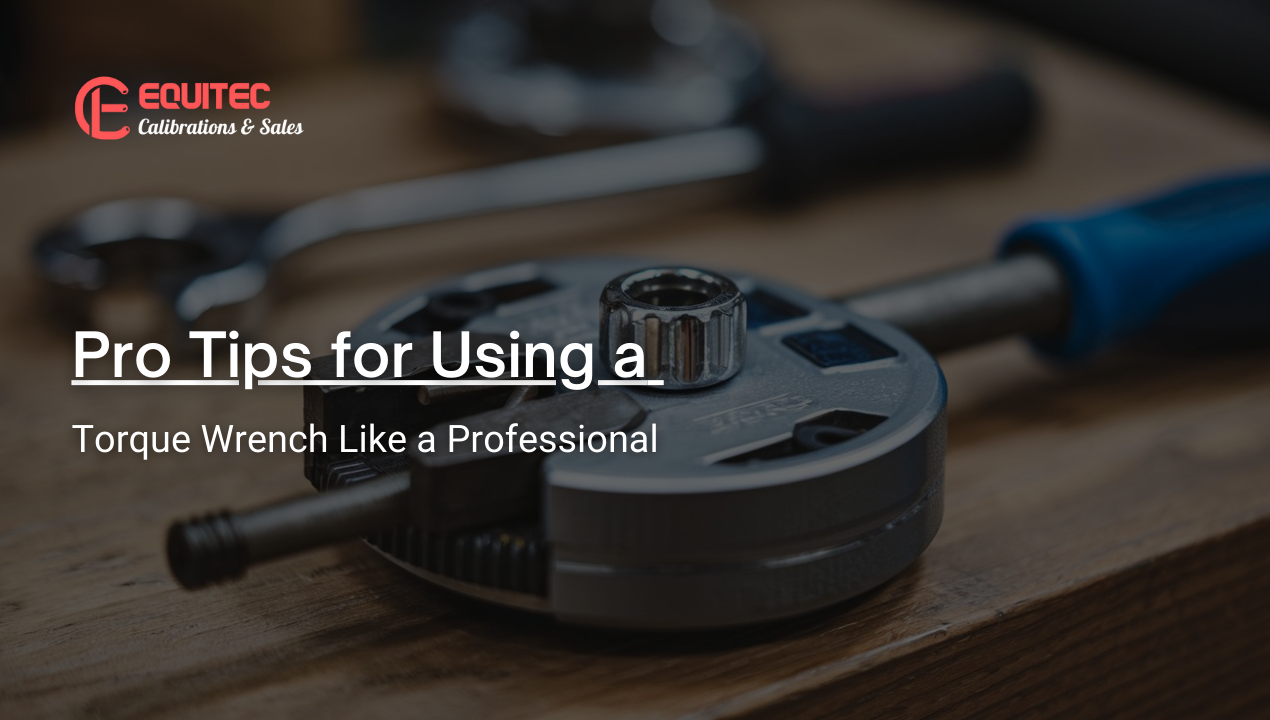Do you have anxiety about the harm that can happen when tightening nuts and bolts? Instead of trusting your intuition to tell you to stop tightening, a torque wrench can help. Wrenches with torque are designed to stop their motion once they reach a torque setting. Under or over-tightening the nut or bolt is impossible during your automotive or machinery repair. Setting and using your torque wrench is very simple, and we will guide you through all the steps. Please continue reading to understand how to adjust your wrench and maintain it expertly.
What Things You Should Know for Using a Torque Wrench Smartly?
Adjusting The Wrench
Loosen the Locking Knob at the End of the Wrench’s Handle.
-
- You must loosen the locking knob on the wrench’s handle end. Check for a metal or plastic locking knob at the end of your torque wrench. Then, twist it anticlockwise by hand to free up adjustments.
- Usually, the knob for locking has a distinct color from the main part of your wrench to make it easier to locate.
- You do not have to unscrew the knob from your wrench. Loosen it enough so that the handle can rotate smoothly.
Locate the Torque Measurements Printed on the Wrench
-
- Find the torque measurements, which are printed on the wrench. Look at the area above the handle to see hash marks on the main shaft of the wrench. The horizontal hash marks are usually in increments of 10 or 20-pound force feet (1.4 or 2.8 kg·m), also known as foot-pounds. After, find the vertical marks on the top dial of the handle that increases by 1 lb·ft (0.14 kg·m).
- Foot pounds, or meter kilograms, are units to measure torque. They tell us about the amount of force applied over a particular distance. Hence, 1 lb·ft (0.14 kg·m) is equal to 1 pound (0.45 kg) of force exerted over a 1 ft (0.30 m) span.
- Most torque wrenches show both foot pounds and meter kilograms on the two sides of their shafts. If you see the two sets of numbers listed on the same hash marks, then measure in foot-pounds. And then the larger number is measured in meters per kilogram.
Match the Handle’s Highest Edge with the Nearest Torque Marking Possible.
With your hand not dominant, keep hold of the wrench body so it doesn’t move around. Use your more powerful hand for turning; go in a clockwise direction to increase torque and anticlockwise to decrease it.
Turn the Dial on Top of The Handle, Twisting it to a Different Setting.
As you get nearer to your chosen number, look closely at the figures on the uppermost dial from the handle. Slowly rotate the dial in a rightward direction for increasing numbers or move it leftward.
Tightening Nuts and Bolts
Attach a Socket to the Head of your Wrench.
Join a socket to the head of your wrench. Take a socket that matches the size of the nut or bolt you have. Move the end part of this socket into the head part of your torque wrench. Then keep pushing until it makes a clicking sound, which means it’s properly connected now.
Screw the Nut or Bolt on by Hand Until it’s Tight.
Place the nut or bolt on the thread you are connecting them to. After that, begin rotating it in a clockwise direction. Continue turning it until you can no longer rotate it by hand.
Fit the Wrench’s Socket over the Nut or Bolt that You’re Tightening.
Now, take the handle of the torque wrench with your less dominant hand. Use your dominant hand to help guide the socket onto the nut or bolt. Make certain that you have a secure fit and that it does not feel loose in any way.
Maintaining Your Wrench
-
- Set the wrench to 0 before storing it. When you are done with tightening the nuts or bolts, turn both dial settings on the handle back to 0. If you leave the dial turned towards a torque setting higher than 0, this can disturb the wrench’s calibration and make it inaccurate.
-
- Wash up the dirty or rusty nuts or bolts before fastening them. Clean off loose rust from each bolt or nut with a towel, then attach your wrench for tightening purposes. If there is very stubborn rust, scrub it with a wire brush.
-
- Calibrate your wrench once a year, at least. Even though you can calibrate your torque wrench yourself, it is better if a mechanic or expert does this for you.

